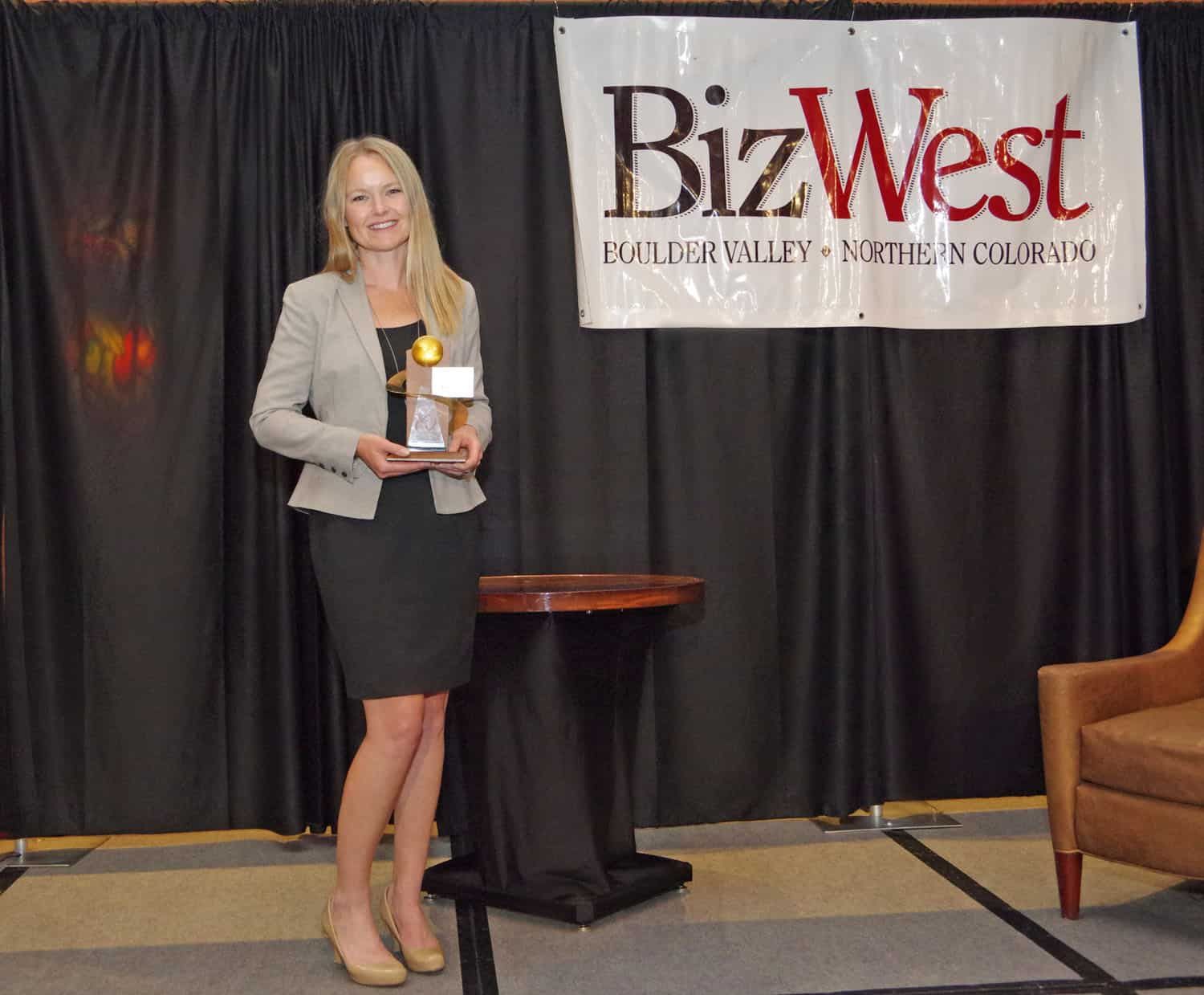Banking bells and whistles vs. personal touch
How banks are using AI and other new technology

You thought you’d heard it all the first time Alexa’s robotic voice answered some obscure question — perhaps one directed not at your virtual assistant but at a real human being who just happened to be within her earshot — through your home speaker or cell phone.
You probably thought you’d seen everything when your phone started working like your home computer, your staff meetings could be held online, and you could pay all your bills with online banking.
While technological advances have been exploding in the past few decades, the future could bring even more, and banks and credit unions are right there among the first adopters. They have been proving that for the last 10 years, with their thoughts on improving the customer experience — wherever that customer may be.
SPONSORED CONTENT
Be it in cyberspace, in a branch or at a drive-thru, today’s bankers are working to provide the best experiences to keep their customers happy. And they’d better, or they risk losing those customers to banks with bigger and better bells and whistles.
“Banks that proactively embrace digital transformation and tech investments have a higher likelihood to improve their operational and financial performance; those in the industry that don’t make these investments risk falling behind,” according to the West Monroe 2024 Outlook on Banking. “To stay competitive and meet customer expectations, banks must work step-by-step reimagining the customer experience and bring their digital vision to reality, aligning product offerings with a more digitally focused omnichannel strategy.”
Customer experience is core in banking
Banking has always been about relationship building, with customers, with a community. All the technological advances of the modern era, however, cannot replace that central core function. Some banks still rely chiefly on that personal touch while also offering the digital, mobile and online-banking features. Yet others are trying to stay up with the latest and greatest in digital or virtual banking to stay relevant for customers in today’s marketplace.
“We really like to say, banking is still people dealing with people. It’s about providing access to those tools, but we haven’t relied exclusively on them,” said Chris Maughan, market president for Alpine Bank’s Boulder branch. “For the most part those are reasonable solutions, and really they are replacing people. We haven’t gone down that path.”
Banks have physical branches to accommodate their customers. They have people on site to answer questions, to help with financial complexities, to make sure money actually changes hands. Because of that, the actual bricks-and-mortar bank will likely not go away.
“There’s very little in your life that is a more intimate or a trust-filled aspect of life than your finances. So being able to look someone in the eye and knowing they’re really here, in a day and age where you never know” who you may be talking to online, is a key function of banks, said Tanan Miles, senior vice president of electronic banking for Ent Credit Union.
But those banks for the most part still operate on “bankers hours” — 9 a.m. to 5 p.m. It’s hard to keep a personal touch when you open an hour after people go to work, and close just as people are ending their work days.
Today’s marketplace is 24/7. People want their money when they want it. They are on the go and need to do their banking digitally. Banks in all aspects have figured this out. Today, there is likely not a bank out there that doesn’t have some digital aspects that make dealing with personal finances easier online.
Many bankers are working to marry the concepts of banking on customers’ time yet still keeping that personal touch.
“People still want to know they can get a human,” Miles said. “There’s an emotional security that’s tied to knowing, if something went wrong or if I need help, and I’m not just holding on the line and waiting for someone, that there is this brick and mortar place I can walk in.”
Interactive tellers and kiosks
Fort Collins-based Bank of Colorado got a jump on marrying the personal touch with the digital in 2016, becoming the first Colorado bank to adopt interactive teller machines. Customers drive up like an ATM, but they can actually interact with a live teller for any special needs outside normal ATM functions.
Bank of Colorado president Shawn Osthoff said he was in San Francisco when he walked into a bank that had tellers and people interacting with customers, but also kiosks where they could do their interactions.
“I was fascinated by it, and they were clearly trying to do more transactions with less expense. That was the impetus,” said Osthoff, who soon after saw virtual teller machines in action in a Texas bank.
He brought the technology back to Bank of Colorado, which now has nearly 70 virtual teller machines — what they call ATM Live — throughout their branch network.
“It’s terrific that you can talk to a live teller,” Osthoff said of the technology. “It allowed us to expand the hours, you can reach a live teller before or after hours and on Saturdays, even later. It’s been very good for us, at the same time, our user interface with mobile banking has shot through the roof.”
Ent Credit Union also uses interactive tellers, and in addition to transforming its existing network of branch ATMS to ITMs, it also will open standalone ITMs, called Ent Express. As an example, the bank will soon open an Ent Express in the parking lot of a Walmart Inc. (NYSE: WMT) store in west Greeley. Customers can do anything at the ITM that they can do at a bank; even get help getting money if they forget their card. If they have a question, a teller working from a central command center can help them through a television screen. Miles said it is a great way to get the brand in front of communities without having to build an entire branch.
Every bank has a different spin on their use of technology, however. Premier Members Credit Union officials studied the interactive tellers but opted to provide in-store kiosks in its new Westminster branch, and there are likely more to come. Instead of waiting in line for a teller, customers can come into a bank and use the Next machine for a variety of banking needs and be on their way.
“What we’ve found is that most of the transactions have shifted to this kiosk, which is allowing employees to do what they do best,” said Amanda Kutzler, senior vice president of consumer retail at Premier. “They stay with them while the customers are at the kiosk and get to know them. They are talking to them on a personal level.”
How does AI fit into the banking world?
The use of artificial intelligence also has the banking industry intrigued but not totally convinced. There are still many bumps in the AI road, that when configured incorrectly, could help banks lose customers if it led to inaccuracies.
“I do think you need to make sure it’s giving good advice,” Miles of Ent Credit Union said. “The only thing worse than no advice is bad advice. You have to make sure you know what it’s saying.”
Paul Holewinski, CEO of Academy Bank, wants to take his time with AI, and let it prove itself a little more.
“I truly think with AI, that there will be more applications that are developed by not only financial institutions but others that will be transformative. But we don’t have anything in the pipeline. We’re keeping an eye on that, with respect to ideation, something we can do that makes sense for us and doesn’t bring undo harm,” Holewinski said.
On the back end, however, AI has become a tool for bankers to detect fraud. AI is useful to bankers because it analyzes consumer banking behavior, and it can detect patterns that vary from that behavior. “If something deviates, we can flag it, and try to prevent it,” Maughan of Alpine Bank said. “A lot of big banks are pursuing AI options for chatbots and utilizing AI to read tax returns or analyze financials.”
But AI is not off the table on the consumer side. It may take a little longer for full adoption like online bill pay, or mobile banking was. But there are many upsides to what AI can do for consumers — once it becomes reliable and scalable, Miles said.
“AI carries the promise of being able to gather your information and make recommendations to you that are personal that only apply to you because of how you handle money and your goals,” Miles said. “That’s a really exciting solution. At Ent, our goal is to improve members’ financial quality of life.”
That could mean having AI analyze customers’ spending habits and offer ideas to save money, or save for that mortgage the bank could offer. “Or, it could be showing that you have nine streaming services you’re paying for, and asking, ‘Did you know you still have all those active?’ Those insights that can be complex and highlight for you as kind of an easy button,” Miles said.
AI can morph into the personal banker that helps you determine your retirement goals, or how to save for a vacation, or ways to ensure you can afford a new car.
“All those decisions that when we’re at our best, they run through our mind, it can be hard to carve out the time to dive into the complexity,” Miles said. “It would be like having a virtual assistant.”
Banking in the future
Banking will always be about the customer first, bankers say, and there is no substitute for being present in the community. New technology will always intrigue customers, but the bottom line for any good customer service is a smile, a handshake and a connection.
Whether they jump on the new-fangled bells and whistles, or they creep into the technological world, bankers emphasize that personal touch can never go away.
“We are very big on giving back, and our bricks and mortar gives us that presence, so people can build a relationship with us, and we can go to community and build relationships with them,” said Kutzler of Premier. “I think there will always be an instance where someone needs to talk or needs advice, someone to assist them through a life-changing event. While we have all the avenues to do it digitally, I think really our employees make a difference in (customers’) lives as they come in the door.”
Holewinski agreed on the people front, but he also embraces technology to solve tasks that allow bank employees the freedom to reach out to customers without the mundane chores to take up their time.
“I don’t think you ever take away the people-side,” he said. “You upskill folks for higher sales and service opportunities. As we’ve executed it, it has been that way, our whole approach, if we can eliminate a process that someone has to check back on, we’ve now created more time in someone’s day for better client service.”
While technological advances have been exploding in the past few decades, the future could bring even more, and banks and credit unions are right there among the first adopters.
THIS ARTICLE IS FOR SUBSCRIBERS ONLY
Continue reading for less than $3 per week!
Get a month of award-winning local business news, trends and insights
Access award-winning content today!





